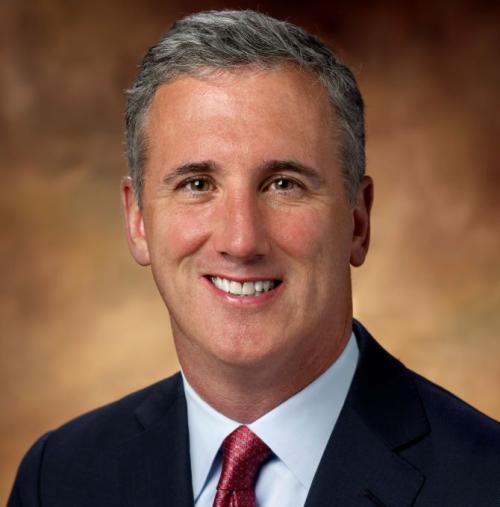Best shareholder engagement: Microsoft
Microsoft was recognized at Corporate Secretary's 8th annual Corporate Governance Awards for giving investors varied channels through which to engage with the company’s management team. In addition to in-person and telephone engagement sessions, investors can engage through a live Q&A session in the annual meeting or on the Microsoft on the Issues blog.
Microsoft’s shareholder engagement efforts date back to 2009, but the company stepped up a gear when it was approached by activist hedge fund ValueAct Capital for a board seat and then had to find a successor to long-time CEO Steve Ballmer, who announced in August 2013 his plan to step down within a year. Shortly after taking a 1 percent stake in spring 2013, ValueAct approached Microsoft with its concerns that the stock was undervalued and suggested remedies.
ValueAct made no public comment during discussions with Microsoft, bar a presentation at a prominent activist fund conference that spring, says John Seethoff, vice president and deputy general counsel for corporate at Microsoft. As ValueAct and Microsoft’s board and management shared essentially similar views on the primary business opportunity, and as Microsoft agreed there was significant shareholder interest in having ValueAct’s voice on the board, a settlement was reached by the end of August 2013.
‘One other paramount factor is that the board did not want to have the distraction of a proxy fight while undertaking the new CEO search,’ says Seethoff. ‘Our directors wanted to make sure they had input from our shareholders about the direction the board was planning to take in its recruitment process.'
Once Satya Nadella had been appointed as the new CEO in February 2014, investors had another opportunity to provide input regarding his compensation plan. As the first non-founder to lead Microsoft, Nadella would be paid at the CEO market rate, whereas neither Bill Gates nor Ballmer had ever accepted more than a bonus as payment. In formulating Nadella’s seven-year pay package, the board wanted to ensure a significant portion was tied to performance, and as a metric chose total shareholder return against the S&P 500 Index.
Shareholders liked the move toward performance pay and the length of duration. But securing a high say-on-pay vote became a challenge after ISS gave the plan a negative recommendation. It didn’t like the seven-year duration as it translates to a much bigger payout once completed than adding together two or three years would yield. ‘But that was the arrangement Satya had and the board wasn’t going to go back on it,’ Seethoff explains. ‘It required a lot of work to make sure people understood the basis for the recommendation, and why we thought it was flawed.’








